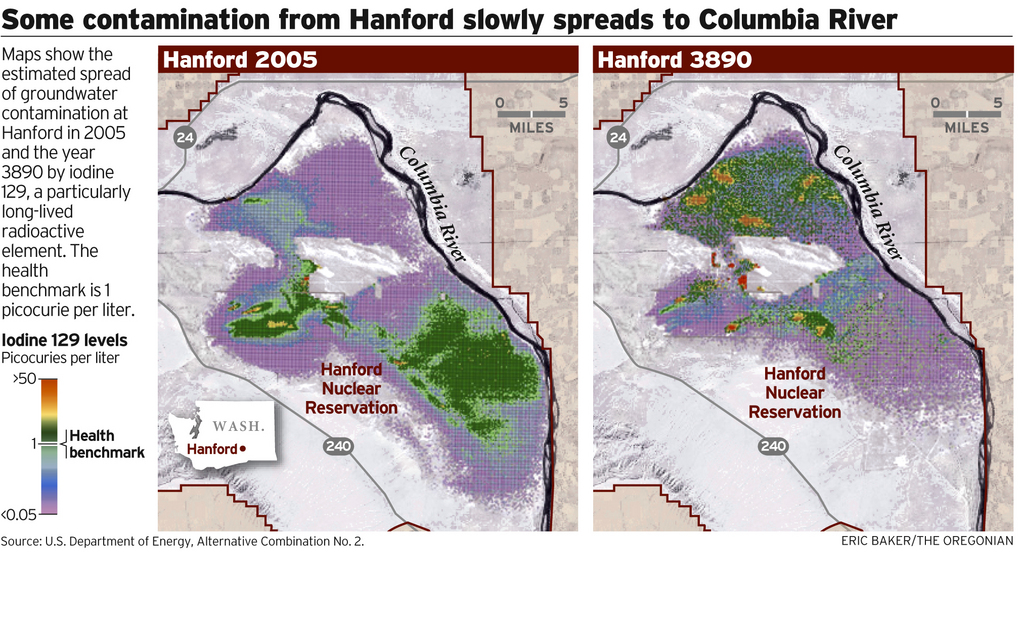forum
library
tutorial
contact

Congress Floats River Program
by StaffThe Dalles Chronicle, December 14, 2016
|
the film forum library tutorial contact |

|
Congress Floats River Programby StaffThe Dalles Chronicle, December 14, 2016 |
Act will focus on Columbia River
 WASHINGTON, D.C. -- The Columbia River Restoration Act has passed in the House and the Senate as part of the Water Resources Development Act.
WASHINGTON, D.C. -- The Columbia River Restoration Act has passed in the House and the Senate as part of the Water Resources Development Act.
The legislation will now be sent to President Obama's desk to be signed into law.
"Nobody wants to worry that the water they are drinking or fishing in or swimming in is tainted, but eight million inhabitants of the Columbia River Basin have had their health, safety and environment endangered by toxins in the river. Now Congress is finally doing something about it," said U.S. Sen. Jeff Merkley of Oregon. "This bill will provide a much needed boost to the health and economy of our beloved Columbia River."
"Pacific Northwesterners count on the Columbia River as a vital economic resource and environmental treasure," added Sen. Ron Wyden. "Preserving and protecting the river is a must to ensure the river remains the clean and healthy lifeblood of our region."
The legislation authorizes the Environmental Protection Agency to establish a voluntary, competitive Columbia Basin grants program for projects that assist in eliminating or reducing pollution, cleaning up contaminated sites, improving water quality, monitoring the basin and promoting citizen engagement.
Toxins are present throughout the Columbia Basin, and are harmful to humans, fish, and wildlife. These contaminants make their way into fish tissue and can be dangerous to humans if consumed. Some of these toxins are known to cause cancer and have been linked with neurological, developmental, and reproductive problems, including birth defects and learning disabilities.
The Columbia River is the largest river in the Pacific Northwest, and the only large aquatic ecosystem in the United States that currently receives no dedicated funding to clean up and monitor toxic chemicals. It is 1,243 miles long, and its drainage basin extends into seven states.
Approximately 8 million people inhabit the region, including members of several tribal nations and anglers who frequently fish in its waters.
Historically, the Columbia and its tributaries have constituted the largest salmon-producing river system in the world, with annual returns peaking at 16 million fish.
Related Pages:
Congress Passes Columbia River Restoration Act by George Plaven, East Oregonian, 12/12/16
'Columbia River Basin Restoration Act' Passes Congress, Aims to Reduce Toxic Contaminants by Staff, Columbia Basin Bulletin, 12/18/16
Columbia River Cleanup Bill Passes Congress by Courtney Flatt, Oregon Public Broadcasting, 12/14/16
Superfund Expert says Natural Recovery Won't Work to Clean Up Portland Harbor by Bianca Pahl & Steve Law, Portland Tribune, 6/24/16
DoE Proposes New Approach for Hanford Nuclear Cleanup by Staff, Modern Power Systems, 9/27/13
Toxic Contaminants and Their Effects on Salmonids by Morace, Johnson & Nilsen, Science Policy Exchange, 9/11/9
learn more on topics covered in the film
see the video
read the script
learn the songs
discussion forum
